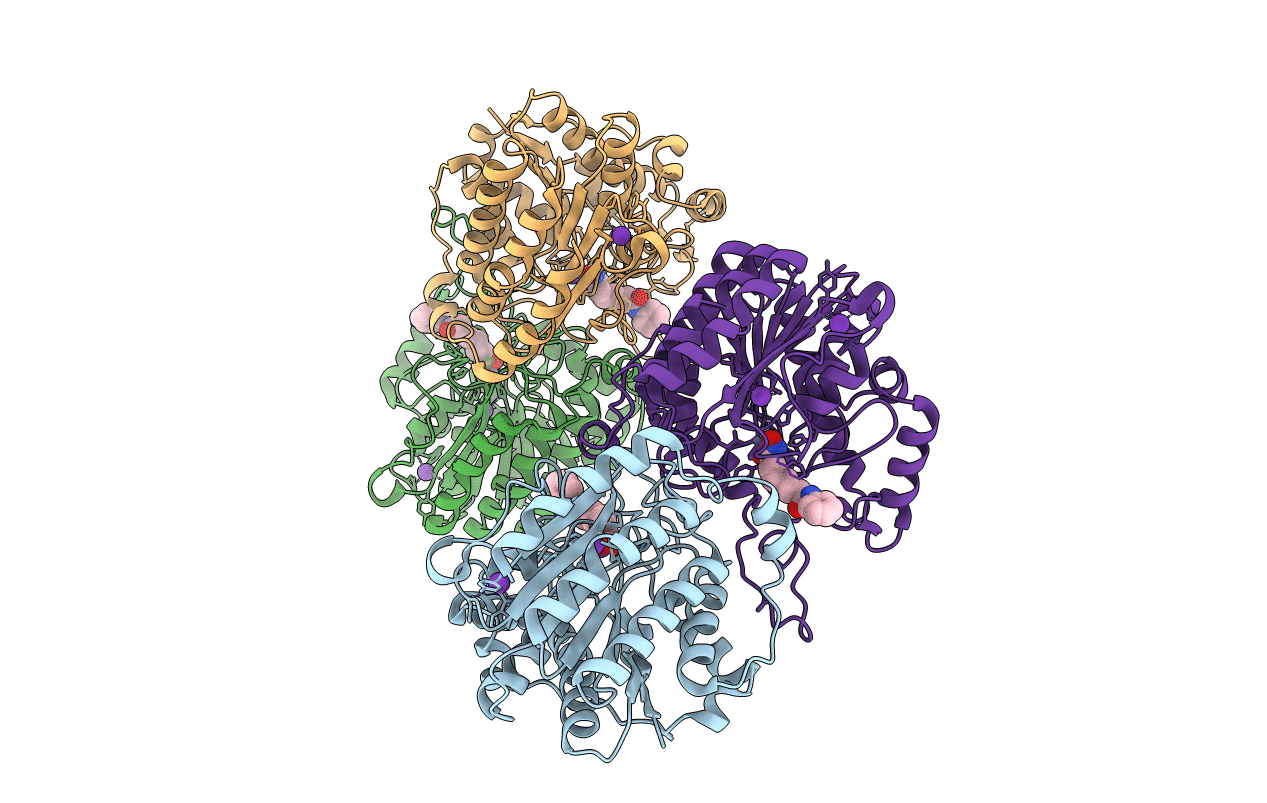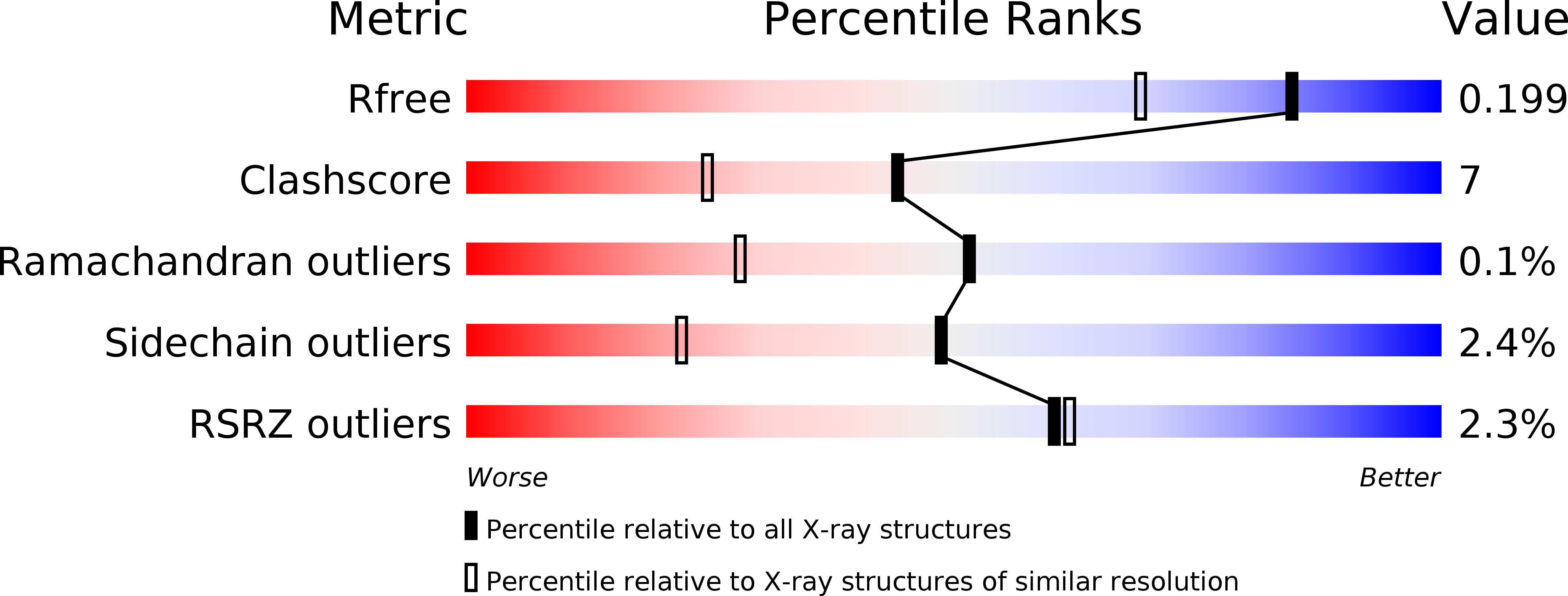
Deposition Date
2005-06-13
Release Date
2005-11-29
Last Version Date
2024-03-13
Entry Detail
Biological Source:
Source Organism:
Alcaligenaceae bacterium (Taxon ID: 242601)
Host Organism:
Method Details:
Experimental Method:
Resolution:
1.57 Å
R-Value Free:
0.20
R-Value Work:
0.17
R-Value Observed:
0.17
Space Group:
P 1 21 1


